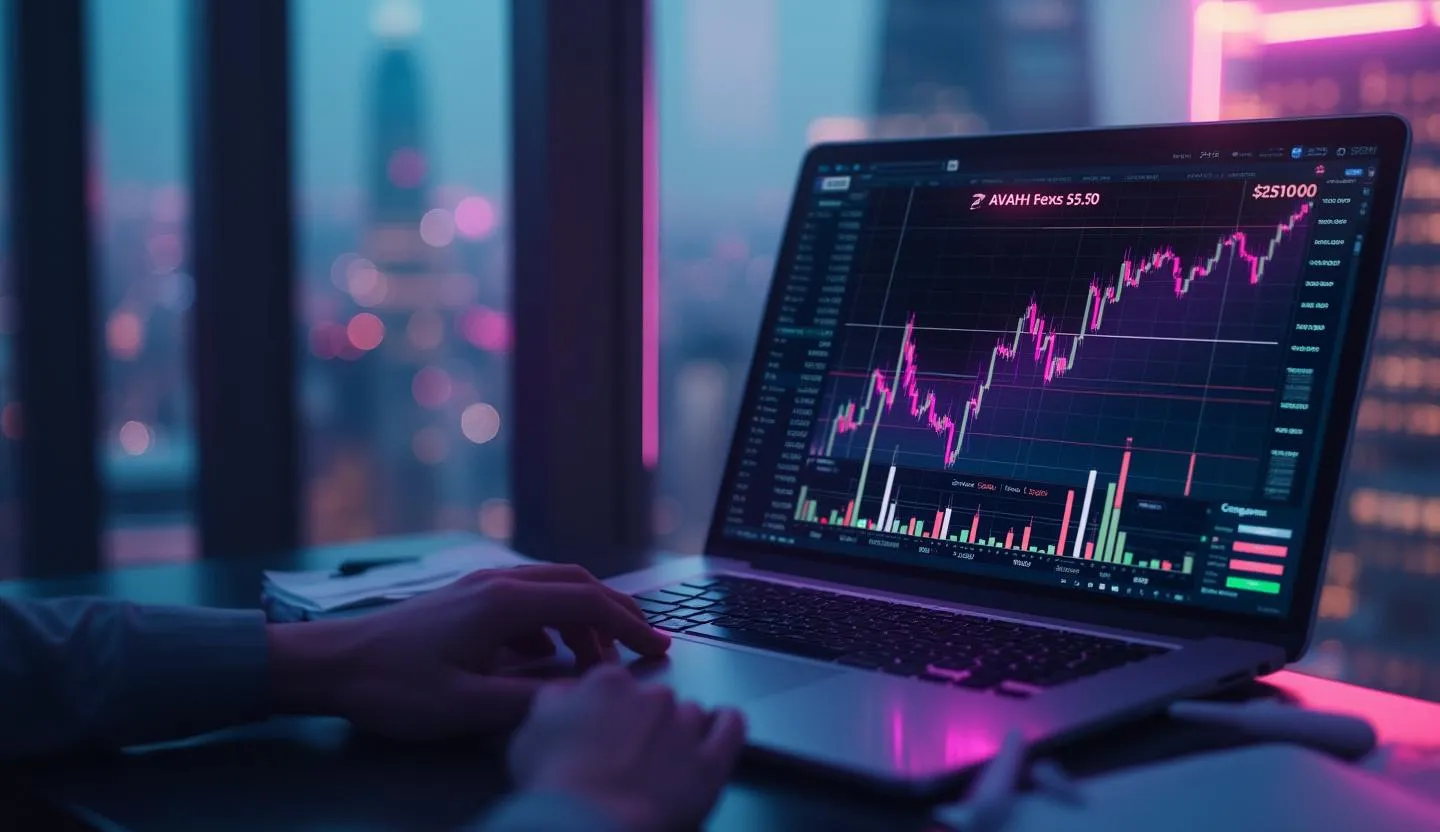RH Faces Analyst Downgrade as Recovery Narrative Wobbles
Shares of high-end home furnishing retailer RH(RH) (formerly Restoration Hardware) are in the spotlight after Goldman Sachs issued a decisive downgrade, shifting its rating from "Neutral" to "Sell" and setting a new price target of $179. This move comes amid ongoing questions about the company's turnaround potential, sector headwinds, and a turbulent year for the stock. Analyst downgrades from heavyweight firms like Goldman can serve as both warning signals and catalysts for re-evaluating risk.
RH operates at the intersection of luxury lifestyle and aspirational home décor, with a business model centered on high-margin, design-driven furniture, curated experiences, and a direct-to-consumer distribution strategy. The company has long positioned itself as a disruptor in the traditional retail furniture space, betting on brand cachet and experiential retailing to drive growth. However, as this downgrade underscores, the market remains unconvinced that RH's recovery is imminent.
Key Takeaways:
Potential Downside Risk: Goldman's new target of $179 implies a modest downside of approximately 2.2% from the current price of $182.98, indicating skepticism about near-term upside.
Stock Price Under Pressure: RH shares are down about 1.7% in early pre-market trading following the downgrade, extending a challenging one-year trend marked by volatility and declining sentiment.
Recent News and Sector Narrative: Multiple financial outlets, including The Motley Fool, have highlighted RH as a turnaround play, yet warn that such bets can fail spectacularly if execution falters.
Technical and Sentiment Observations: The stock has underperformed, with more down days than up days this year, and momentum indicators suggest tepid investor enthusiasm.
Goldman's Downgrade: A Signal Too Big to Ignore
Analyst Move and Firm Reputation
Goldman Sachs' shift to a "Sell" rating on RH is significant given the firm's influence and analytical rigor. As a global bulge-bracket investment bank, Goldman is known for its deep sector research and institutional client base. The new price target of $179 reflects a bearish stance on RH's near-term prospects and likely stems from concerns around demand sustainability, macroeconomic pressure, and RH’s ability to deliver on its turnaround promises.
Goldman’s move stands in contrast to the more speculative optimism seen in retail investor sentiment and recent media coverage. Such a downgrade from a major Wall Street firm adds institutional weight to the bear case.
The Power of Analyst Downgrades
Analyst downgrades from influential firms like Goldman can drive re-ratings, trigger algorithmic selling, and reshape the risk/reward calculus for portfolio managers. The shift from "Neutral" to "Sell" is a clear signal that downside risks now outweigh potential rewards in Goldman's view. This realignment of institutional consensus can act as a self-fulfilling prophecy if selling pressure intensifies.
RH's Stock and Financial Performance: More Than a Turnaround Story
Year in Review: Volatility and Downward Drift
Over the past twelve months, RH has experienced pronounced volatility. The stock hit a high of $457.26 last December, only to tumble to a low of $123.03 in early April. With 114 up days versus 132 down days, the sentiment ratio remains firmly negative. Trading volume has also diminished, with the lowest daily volume recorded just recently. The average daily volatility is high at 13.5, and momentum indicators (like an RSI around 55.2) suggest neither oversold nor robust buying conditions.
Metric | Value |
|---|---|
Current Price | $182.98 |
Target Price (Goldman) | $179.00 |
One-Year High | $457.26 |
One-Year Low | $123.03 |
Average Daily Volume | ~1.03M |
Sentiment Ratio | 0.46 |
Down Days:Up Days | 132:114 |
Recent RSI | 55.16 |
Interpretation: RH’s inability to sustain rallies, coupled with persistent selling pressure, has led to a gradual erosion of investor confidence. Trading activity suggests reduced institutional interest, while technical levels offer little comfort for bulls.
Financial Snapshot: Shrinking Margins, Demand Uncertainty
RH’s business model is heavily exposed to consumer discretionary spending—particularly among affluent buyers. Recent financials (not provided in detail here, but implied by sector trends and analyst sentiment) likely show margin contraction, inventory build-ups, and challenges in maintaining pricing power as demand softens. The company’s repositioning efforts—including international expansion and new product lines—have yet to translate into sustained earnings growth or operating leverage.
Potential Downside: Gauging the Risk
With RH trading at $182.98 and Goldman's target at $179, the implied downside risk is approximately 2.2%. While this is not a dramatic gap, it reflects Goldman's belief that the stock is at best fairly valued, and at worst vulnerable to further losses if macro or company-specific risks materialize. For investors, this limited upside—combined with heightened volatility—signals the need for caution and rigorous risk management.
Turnaround Hope vs. Market Reality: What the News Is Saying
Recent news flow has been dominated by RH’s status as a high-risk, high-reward turnaround play. The Motley Fool has featured RH in lists of "growth stocks down 20% or more to buy now," emphasizing the potential for outsized gains if management executes. However, the same coverage is quick to remind investors of the dangers:
"Investing in turnaround stocks can be difficult, often doesn't work out, and sometimes the stock has the potential to go to zero. But when they do work out, they can generate absolutely massive gains."
— The Motley Fool, June 22, 2025
This ambivalence is echoed by other analysts who note that while RH’s competitive advantages and brand power are real, Wall Street may be slow to recognize value, especially in the face of execution risk and macro headwinds.
Technicals and Sentiment: Warning Signs Abound
Price Trend: The 20-day EMA and SMA are converging near current price levels, reflecting indecision. Bollinger Bands suggest the stock is not oversold, but volatility remains elevated.
Volume: The recent lowest volume day coincides with the downgrade, indicating weak conviction among buyers.
Sentiment: The stock’s sentiment ratio (up days vs. down days) is below 0.5, signaling persistent bearishness.
Conclusion: A Cautious Stance Is Justified
Goldman’s downgrade of RH to "Sell" punctuates a difficult period for the company and its investors. While the turnaround narrative has attracted speculative interest, the lack of sustained financial improvement, persistent technical weakness, and now a bearish institutional call all argue for caution. With only marginal downside to Goldman's new target, risk/reward is skewed to the downside—making RH a stock best watched from the sidelines until clearer evidence of operational or financial recovery emerges.
This downgrade is a timely reminder to look past turnaround hype and focus on the hard data: price action, volume trends, analyst signals, and sector dynamics. RH remains a luxury brand with a bold vision, but for now, the numbers—and the Street—are signaling red flags.

.svg)
.svg)
.svg)
.svg)

.svg)

.svg)
















